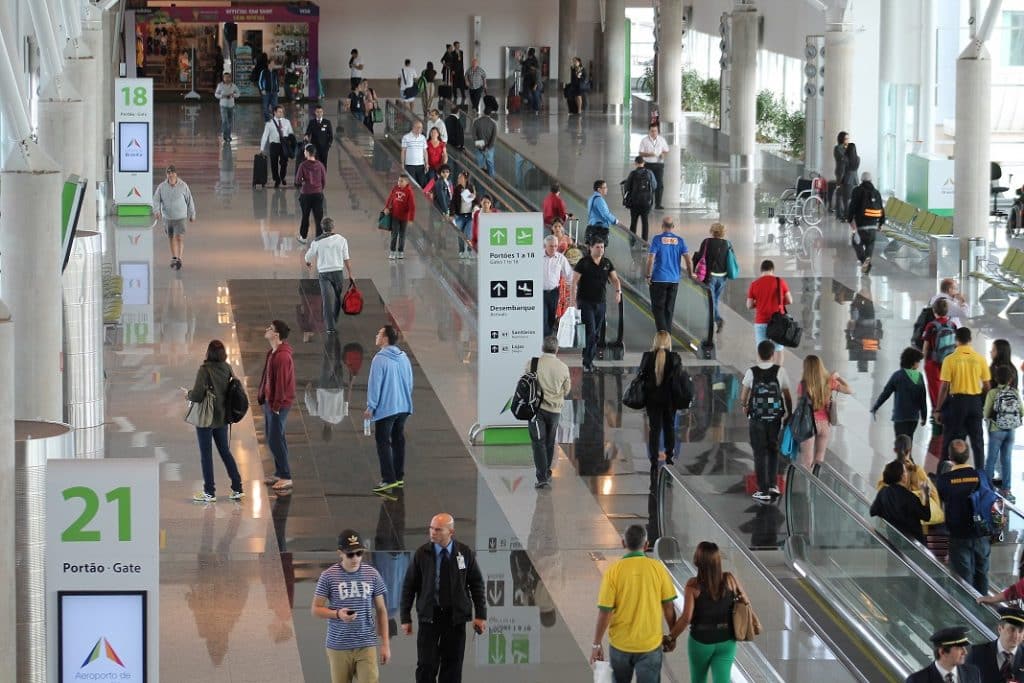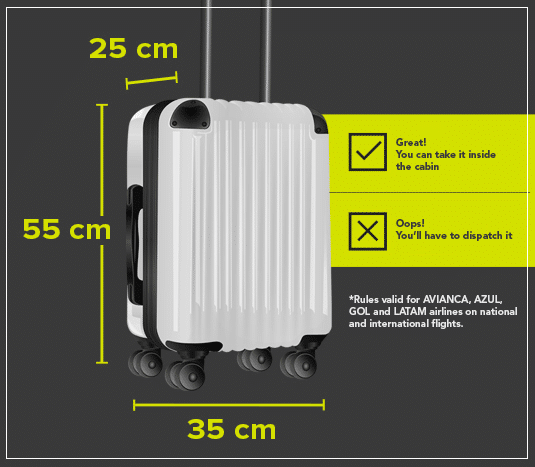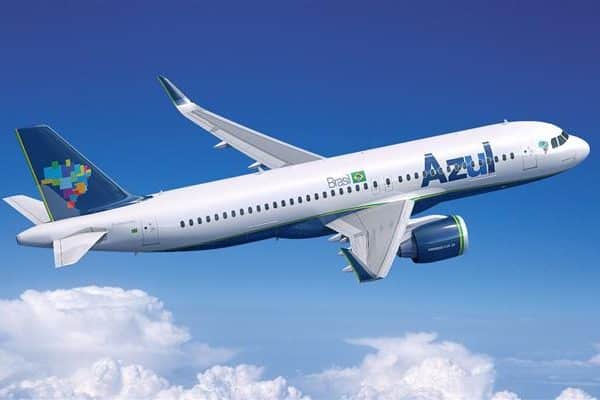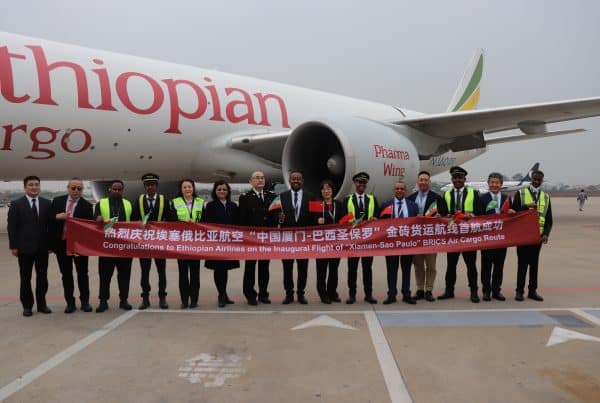
This year’s high season will be the second since airlines have tightened their checks on carry-on baggage size and since the new rules for unaccompanied minors have come into force.
Here are some tips for avoiding airport issues while on vacation.
Baggage In order to avoid paying for the baggage allowance, many passengers are traveling with their handbag only. But you need to be aware of the maximum allowable size: 55 cm high, 35 cm wide and 25 cm deep. These measures have to add up everything including the training wheels and the handle. In addition, the handbag can be up to ten pounds.
At the top 15 Brazilian airports, Abear (Brazilian Airlines Association) uses a box that serves as a template to measure whether the bags are within the allowable size. If the bag fits in this box, the passenger can board normally. If the luggage does not enter, it is larger than the allowable size, and the passenger will have to go back to check-in to check the luggage and pay the fee charged by the companies.

LATAM‘s airport director said the action continues during this peak season, but believes that the Brazilian passenger is more adapted to the rules for luggage transport. “At first, there were more people carrying luggage on the plane, but today there is a much greater adaptation. We see the behavior here in Brazil approaching countries that have had this rule working for many years,” he said. Walker recommends that the passenger check whether or not the ticket allows luggage clearance.
If you need to add more luggage, the advice is to make the purchase in advance. “Making advance purchases is much more convenient and also cheaper than doing at the airport,” he said. Airlines charge R$ 60 for advance payments and R$ 120 at the airport’s check-in counter for the dispatch of a 23kg bag.
Unaccompanied Minors
Since March, the ECA (Statute of the Child and the Adolescent) has required a judicial authorization for children under 16 to travel unaccompanied by parents or guardians within Brazil. The previous law required judicial authorization only for children under 12 years.
In international travel, judicial authorization is mandatory for children under 18 years. Prior to boarding, you must file an application with the Child and Youth Court. The authorization may take about two days to be issued. Latam’s airport director said this is one of the company’s main concerns for this peak season. “Latam carries 15,000 unaccompanied minors a year, but 7,000 in July alone,” he said.
Documentation and vaccine
Even those over 16 need to be aware of the documentation required for boarding. On national flights, just an official photo document in good condition. “The biggest problem is for international flights,” warned Latam’s airport director. In Mercosur countries, a passport or ID is required with less than ten years of issuance (CNH is not valid for international travel).
In other destinations, the passenger must have a valid passport, in some countries, for up to six months after the return date of travel. “Requirements vary by country. Therefore, the recommendation is that the passenger check the details on the website of the consulate of the country to which they will travel,” said Walker.
In addition to identification documents, some countries also require vaccine certificates. Since May 10, for example, the Paraguayan Ministry of Public Health has demanded an international yellow fever vaccination certificate from all passengers over the age of one traveling between Brazil and Paraguay.
Other countries may require other types of vaccine. The recommendation is that the requirements are also checked at the consulates of each country. “It is also necessary to be aware of the incubation time. In the case of yellow fever, it is ten days. After receiving the vaccine, it is still necessary to access the site to Anvisa to exchange the voucher for the international model,” he said.



